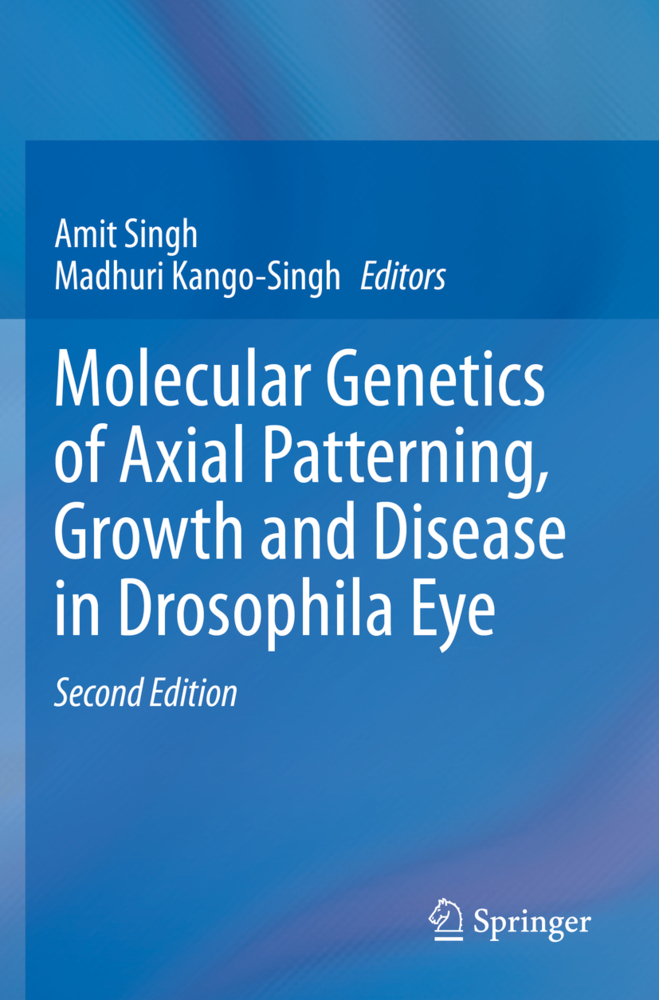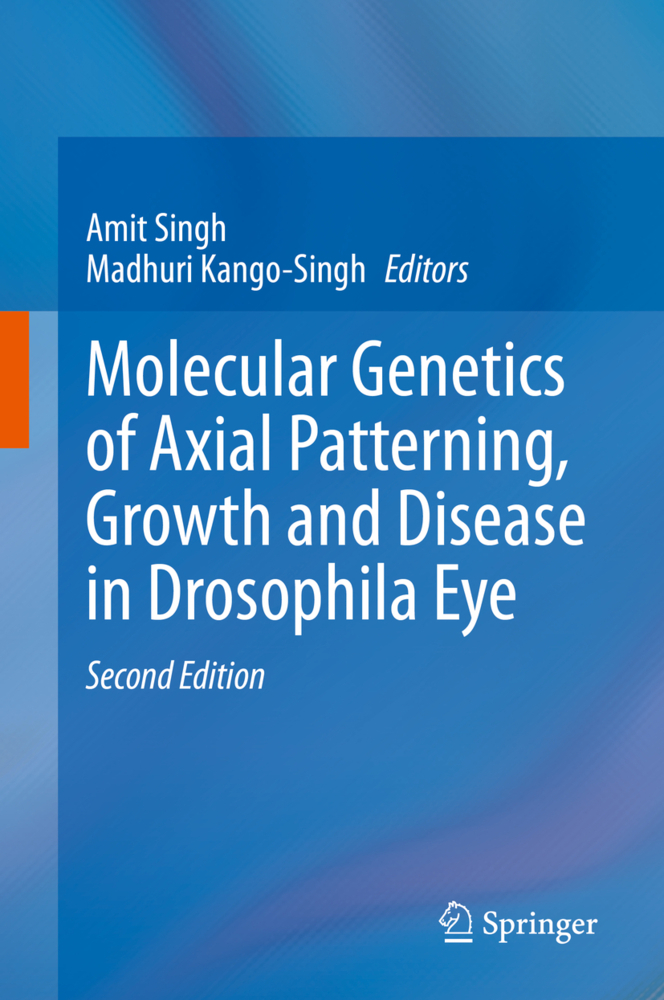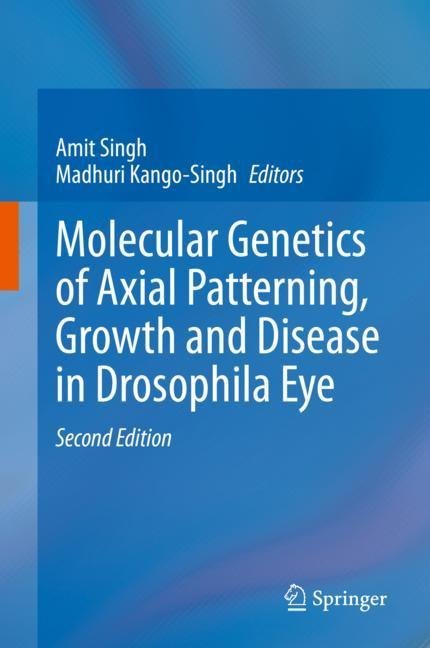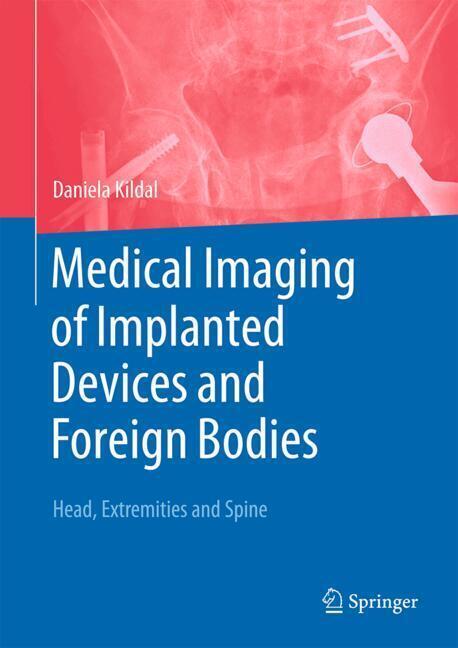Molecular Genetics of Axial Patterning, Growth and Disease in Drosophila Eye
Molecular Genetics of Axial Patterning, Growth and Disease in Drosophila Eye
Drosophila melanogaster (fruit fly) is a highly versatile model with a genetic legacy of more than a century. It provides powerful genetic, cellular, biochemical and molecular biology tools to address many questions extending from basic biology to human diseases. One of the most important questions in biology is how a multi-cellular organism develops from a single-celled embryo. The discovery of the genes responsible for pattern formation has helped refine this question and has led to other questions, such as the role of various genetic and cell biological pathways in regulating the process of pattern formation and growth during organogenesis. The Drosophila eye model has been extensively used to study molecular genetic mechanisms involved in patterning and growth. Since the genetic machinery involved in the Drosophila eye is similar to humans, it has been used to model human diseases and homology to eyes in other taxa.
This updated second edition covers current progress in the study of molecular genetic mechanisms of pattern formation, mutations in axial patterning, genetic regulation of growth, and more using the Drosophila eye as a model.Early eye development: Specification and Determination
Generation of third dimension: Axial patterning in the developing Drosophila eye
Catching the Next Wave: Patterning of the Drosophila eye by the Morphogenetic Furrow
Ghost in the Machine- the Peripodail Epithelium
Cell Polarity in Drosophila Retina
Negative regulation for neural patterning in the Drosophila eye
Adhesion and the cytoskeleton in the Drosophila pupaleye
Drosophila eye as a model to study regulation of growth control: The discovery of size control pathways
Drosophila cancer modeling using the eye imaginal discs
Recent contributions of the Drosophila eye to unraveling the basis of neurodegeneration
Genetic regulation of early eye development in non-dipteran insects
Eyes for an eye: A comparative account on compound eye of Drosophila melanogaster with vertebrate eye
Index.
Singh, Amit
Kango-Singh, Madhuri
| ISBN | 978-3-030-42248-6 |
|---|---|
| Artikelnummer | 9783030422486 |
| Medientyp | Buch |
| Auflage | 2. Aufl. |
| Copyrightjahr | 2021 |
| Verlag | Springer, Berlin |
| Umfang | XIV, 368 Seiten |
| Abbildungen | XIV, 368 p. 81 illus., 73 illus. in color. |
| Sprache | Englisch |








